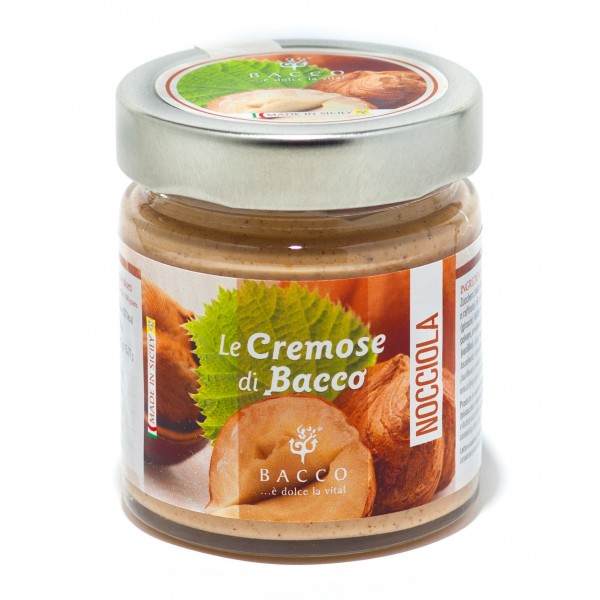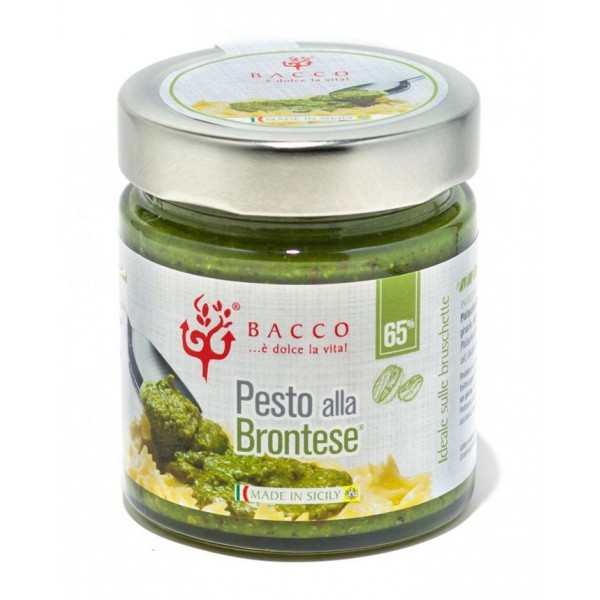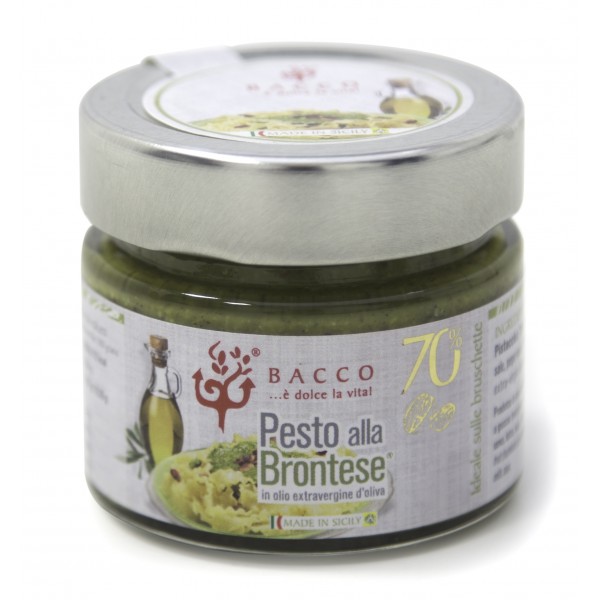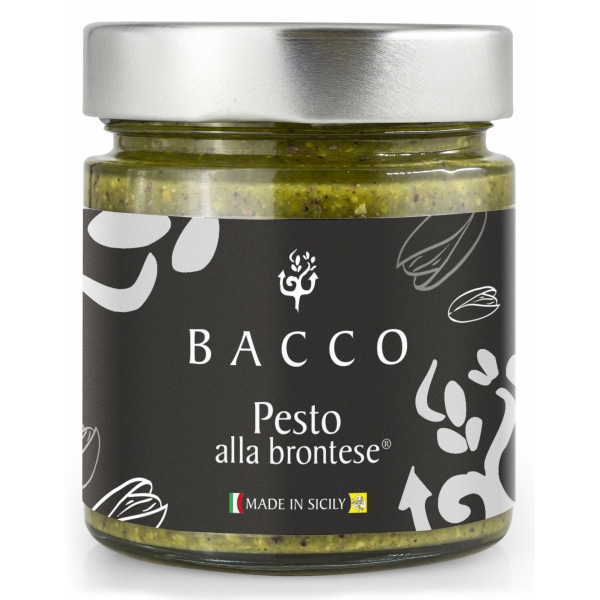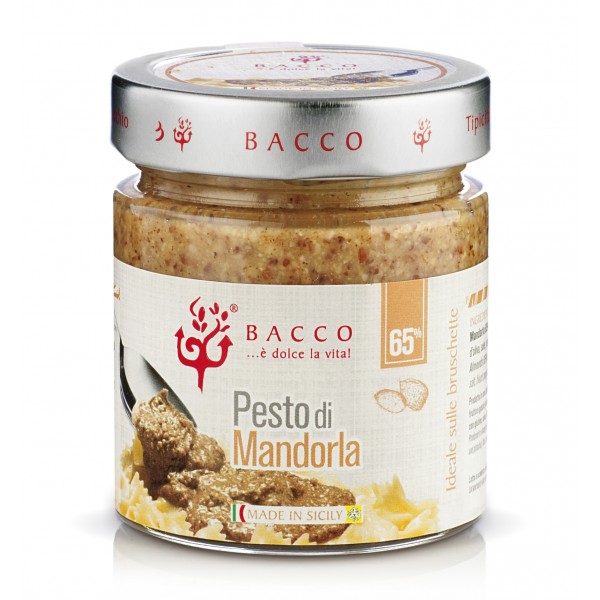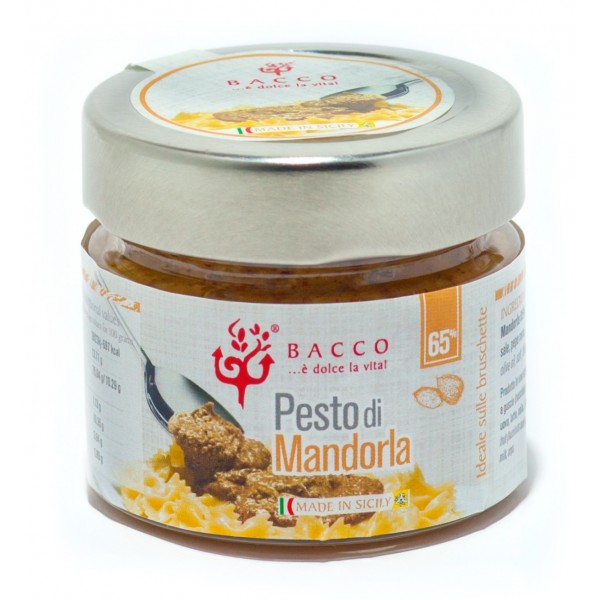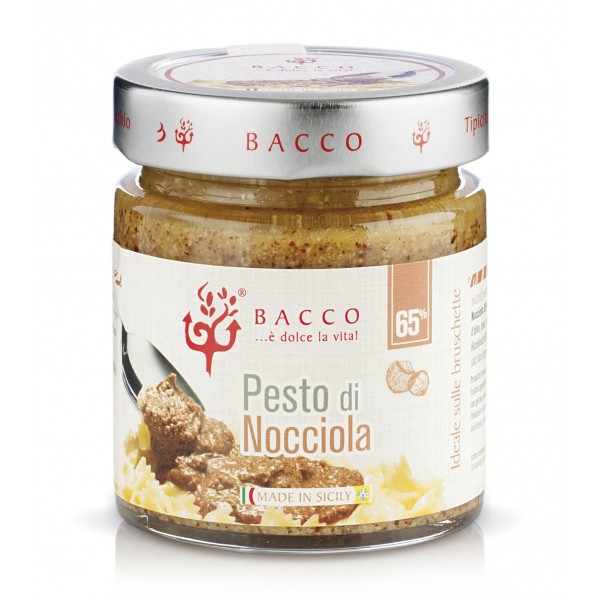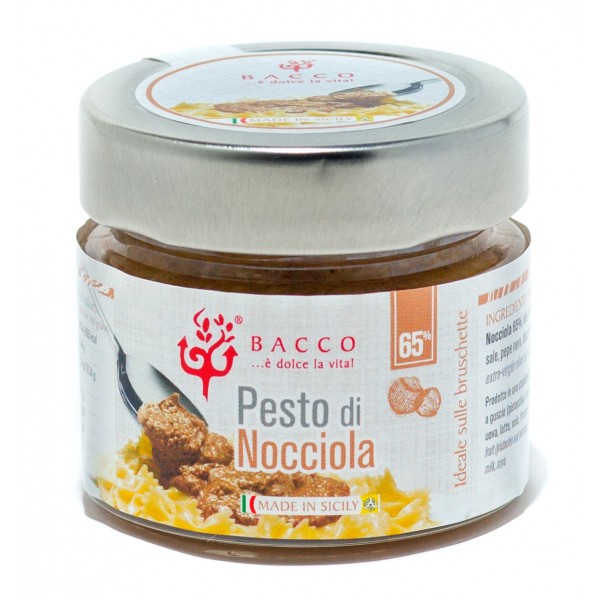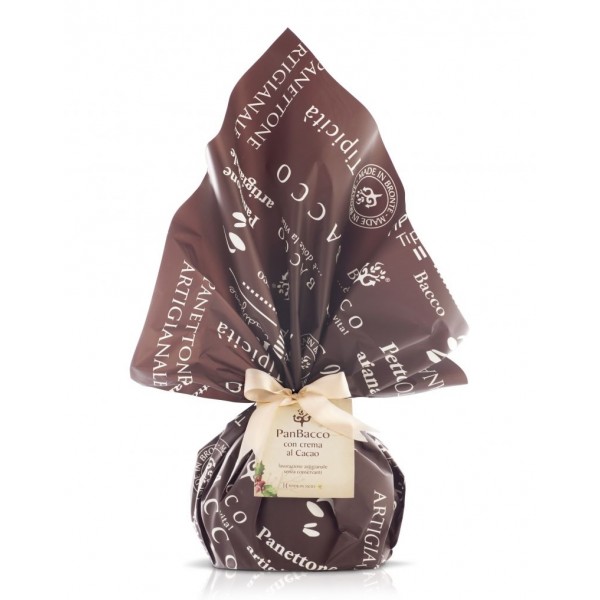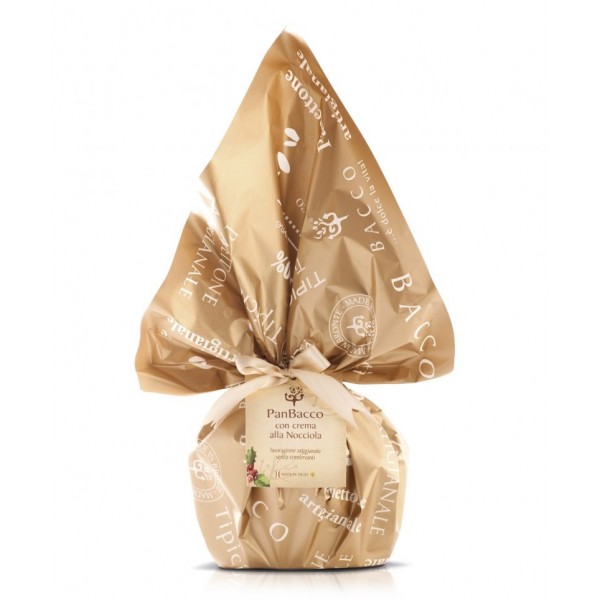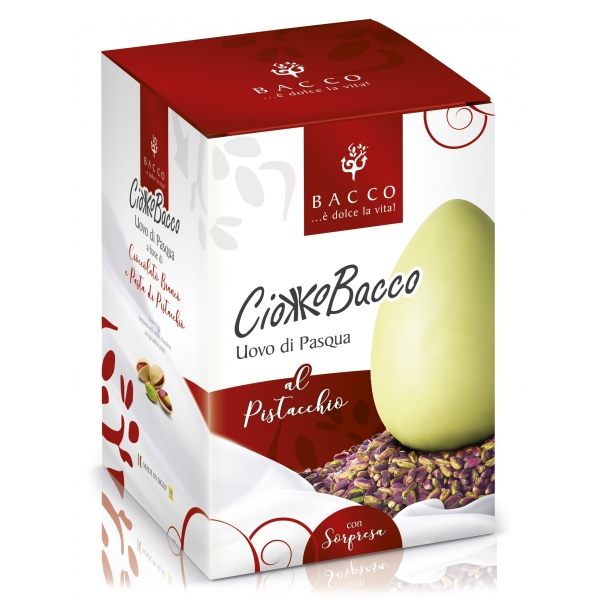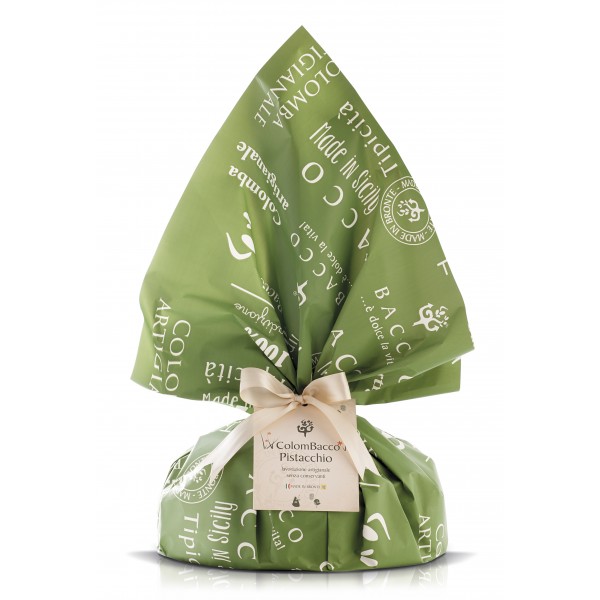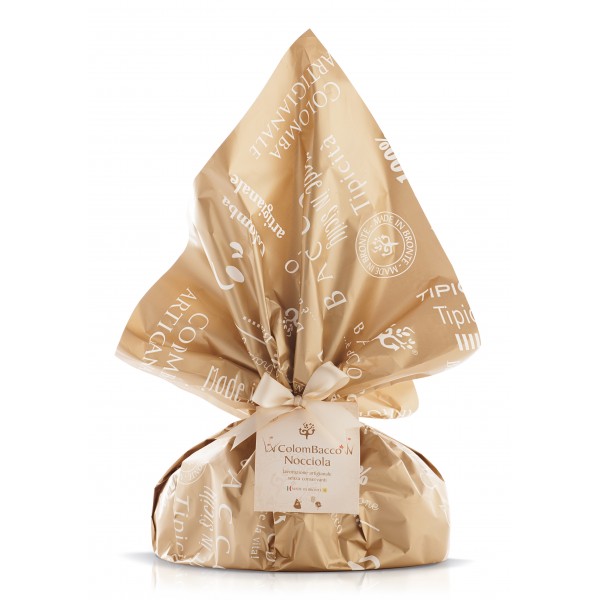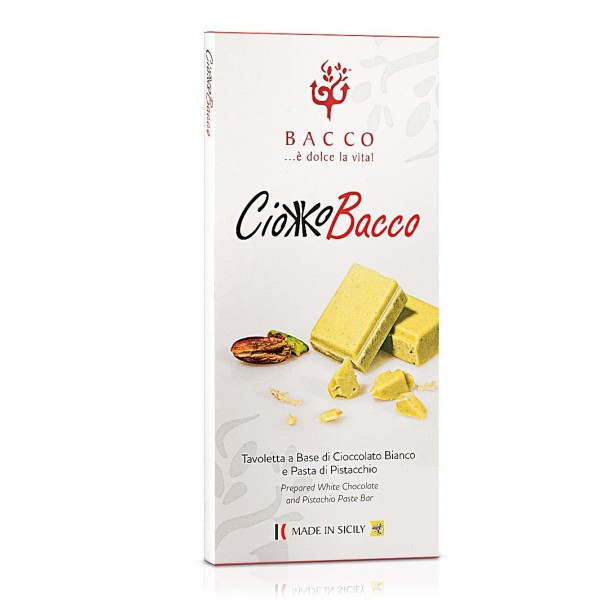No products
Categories
- Fashion Accessories
- Clothing
- Beauty & Lifestyle
-
Hi-Tech & Lifestyle
- Gaming
-
Case
- iPhone 11 Pro
- iPhone 11 Pro Max
- iPhone 11
- iPhone X / XS
- iPhone XS Max
- Samsung S10 / S10+ / S10e
- Huawei P30 / P30 Pro / P30 Lite
- Huawei P20 / P20 Pro / P20 Lite
- iPhone XR
- Samsung S9
- Samsung S9+
- iPhone 8 / 7
- iPhone 8 Plus / 7 Plus
- Samsung S8
- Samsung S8+
- Samsung S7
- Samsung S7 Edge
- iPhone 6 / 6 s
- iPhone 6 Plus / 6 s Plus
- iPhone 5 / SE
- Skin
- Audio
- Smart Home
- Drones & Hoverboard
- Photo & Video
- Desk Supplies
- Accessories
- Games
- Beverages
- Food
- Home
- Jewelry
- Luxury
- Travel
- Art
- Footwear
- Vintage Fashion
- Restaurants
- Sport
- Animals
- Gift Ideas
- Kidswear
Extra
Viewed Products
-

Nicolao Atelier - 30's Jacket and Vest - White Linen Man - Jacket - Made in...
Men's 1930's cut white linen tailored...
-

Natusi - Resin Art - Artisan Table with Natural Flowers - Handmade -...
Handmade table in resin. Unique...
-

Danilo Forestieri - Long Mermaid Long Sleeve Dress - Haute Couture Made in...
Long mermaid long sleeve dress in...
-

Linda Farrow - Arnold Angular Optical Frame in Ash - LF63AC7OPT - Linda...
Linda Farrow sunglasses are a...
-

Skin Novels - Dark Grey - Natural Soap with Bergamot and White Clay - 100 %...
The DARK GREY soap is naturally...
-

Skin Novels - The Innocent - Natural Hypoallergenic Soap for Babies /...
This natural soap, made entirely of...
Bacco - Tipicità al Pistacchio
Bacco ...è Dolce la Vita !
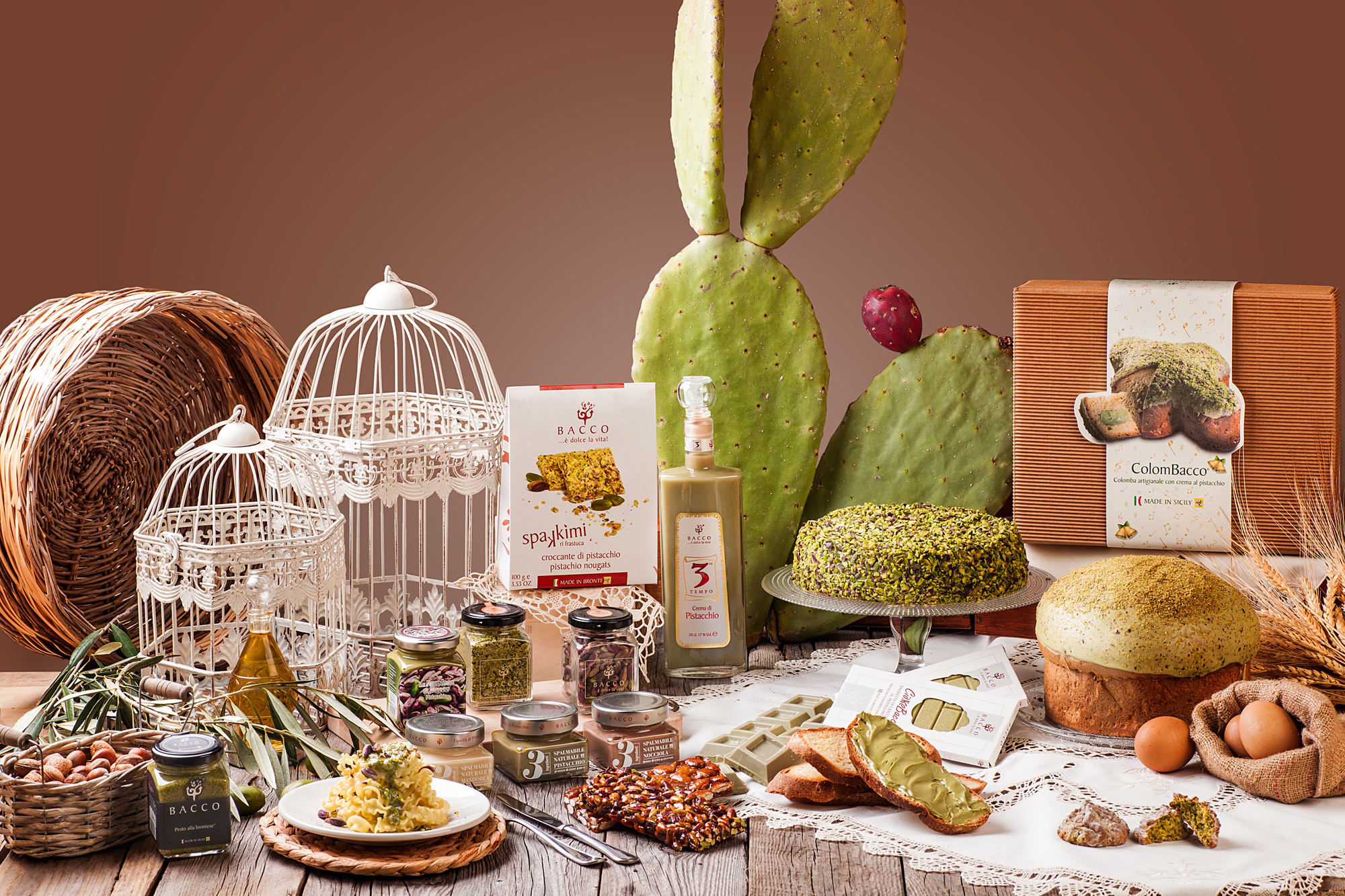
Bacco is an artisan company of pistachio production and transformation, born out of Claudio Luca’s business venture. The production model is based on the control of the whole chain, from harvesting to storage, up to processing and to the finished product, and on the extraordinary quality of the raw material combined with processing techniques that, though still traditional, combine the mastery of craftsmanship with the use of perfected machinery. Respect of tradition and technological development are an inseparable binomial of our business logic.
.jpg)
Bacco, in its production uses only the best pistachio, starts from traditional processes of preparation (from processed pistachio to half-processed pistachio, from pistachio cakes to liquor, from nougat to pistachio flour, from brittle to pistachio grains) to extend to other kinds of production, which are born out of an accurate study of compatibility between pistachio characteristics and eating habits in consumers, who mostly care not only to what is good in products, to taste and flavour (pistachio-based products are rich in vitamins, mineral nutrients, fibres and essential fatty acids) but also to the customs of a healthy diet.
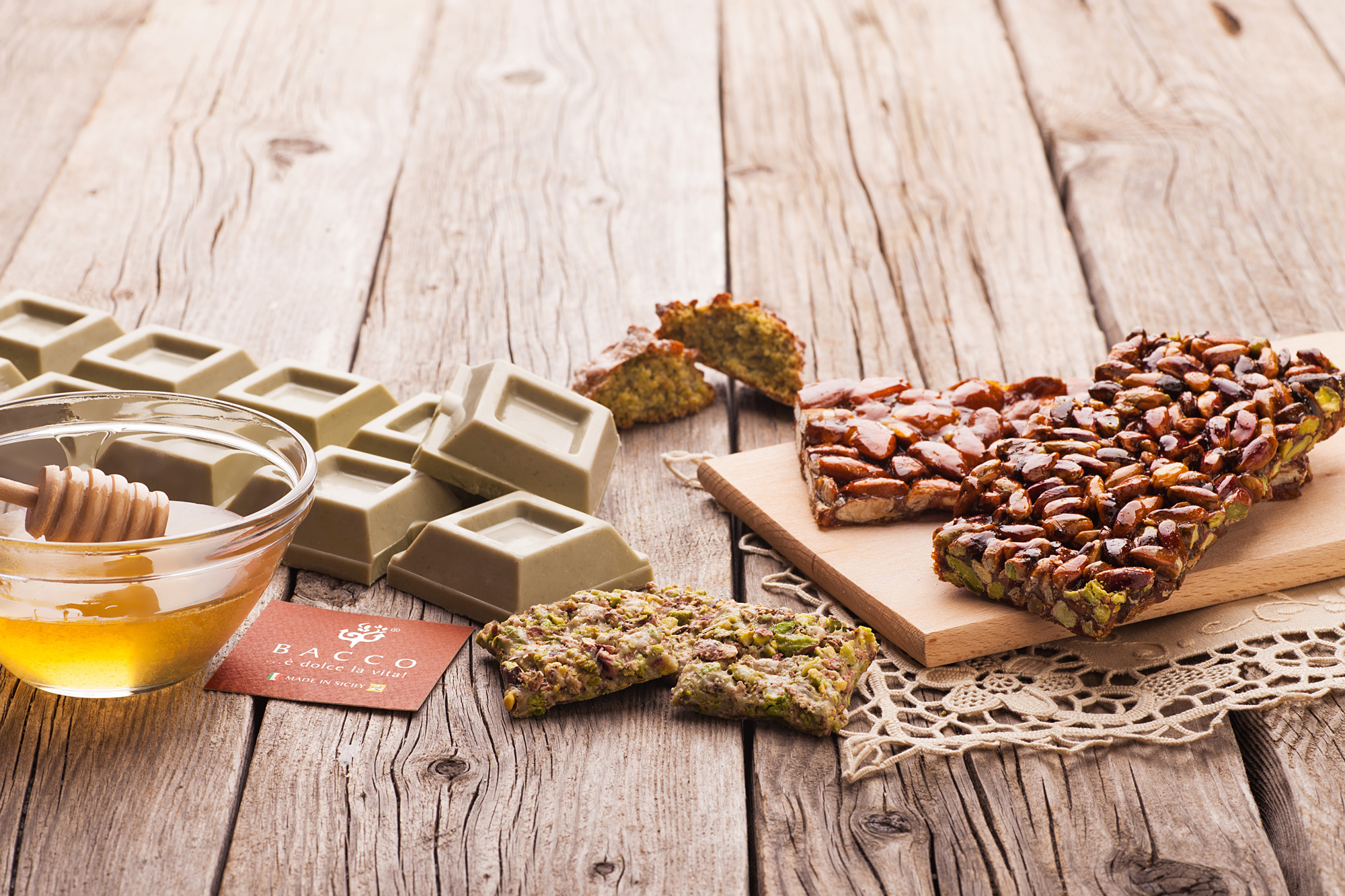
.jpg)
Pistachio shows all these qualities: good, healthy, genuine, without the addition of preservatives or of animal fats, of certified origin thanks to the acknowledgement of the PDO symbol. Our company is certified as well: because it is authorised to insert the caption “Pistacchio Verde di Bronte DOP” in its labels (Claudio Luca, as advisor, is part of the council Consorzio di tutela del Pistacchio Verde di Bronte DOP, formed on 3rd November 2004 and recognised by the Ministero delle politiche agricole e forestali with a March 2004 ministerial decree, published on the Gazzetta Ufficiale on 8th October 2001).
.jpg)

Hence the lines of pistachio-based spreadable creams are born (30% and 40% pistachio), to which the tre ingrendienti, a three-ingrendient cream (50% pistachio, Etna Nocellara oil and sugar) has been lastly added, without the addition of fats, by-products, GMOs, palm oil, as another confirmation of the constant care of our company in the research on the raw material and on the product, to get to the most renowned products, now present in the large-scale distribution: from the award winning PanBacco (panettone filled with 200 grams of 40% pistachio cream), to the colomba pasquale (“Easter dove”), from pistachio chocolate to the pistachio Easter egg.
.jpg)
 y.jpg)
When in our labels we write “Made in Sicily”, this is the proud of people who have made a pact with their clients, committed to give only Sicilian quality with a maximum degree of transparency.
Productions of Bacco - Made in Sicily
History

In the 1990s first Italy and Europe and then the rest of the world discovered pistachio properties. Sicilian pistachio, famous all over the world, grows only on Etna lava soil and thanks to its origin it has an emerald green colour, an intense aroma and a particularly savoury taste.
.jpg)

This is an apparent contradiction with the external appearance of desertification that Etna great force produces in the surrounding area, but a contradiction that introduces to richness within the organic composition of the soil, and makes it particularly fertile to a great number of cultivations that then become excellent food products. One may only think to the impressing expansion of the wine production excellence in the last twenty years, which made the area Castiglione-Solicchiata-Randazzo (only 10 km far from Bronte) one of the most renowned parts in Italy and Europe for quality and variety of production. Lava soil features are very suitable to the planting of international vineyards as well, and they make unique, in savour, brightness and odour, a wine typical of the area: the Nerello Mascalese. Nerello Mascalese, which is named after the Mascali area in Catania where the grape is thought to have originated. It is grown mainly on the north-eastern side of Sicily and is thought to be superior in quality to the Nerello Cappuccio. While it can be used for blending, the grape is often made into varietal wine. The grape is believed to be an offspring of the Calabrian wine grape Mantonico bianco.
.jpg)
.jpg)
A production excellence that has come to the attention of the world together with the development of a culture of Etna wine as a typical product and of the huge potentialities it may give, thanks to its products which are second to none, but mainly thanks to the emergence of a new class of producers-entrepreneurs who decided to invest in quality and innovation, by the organisation of a company managed in a professional, modern, cautious and efficient way. With a Sicilian soul and an international vocation. Local and global, aware that Etna fruits, if they are adequately promoted in an accurate activity of territorial marketing and with the wise use of communication, are on a par with nothing in world. Because the producing soil is unique.
 y.jpg)
 y.jpg)
Bacco’s story stems from such experience. A story that in its name recalls the historically successful houses of production of Etna wine. This is not a chance that it has been developed only ten kilometres far from the area Randazzo-Solicchiata-Castiglione. The choice of quality made by wine entrepreneurs worked as breeding ground to all the surrounding area, so as to pave the way in accordance with other production excellences in our land.
Factory

Bacco’s quality proposal has been recognized by the market. And we feel ready to meet the challenges and the chances of growth offered by new markets. We will keep the identity of a company with an artisanal soul and an industrial vocation, in order to give a bigger number of people products that keep the same quality and the same features of a niche production.
.jpg)
.jpg)
A challenge that our property has met in two respects: we have widened the range of products, with a line of “elite” products labelled Duca di Bronte, and the construction of Bacco house: a brand-new plant, in Cesarò industrial area, in the Parco dei Nebrodi, ten kilometres far from Bronte, with a laboratory that may five-fold increase the productive capacity.
.jpg)
.jpg)
These are two connected phenomena: the current laboratory in via Palermo has been working at full stretch for years and it cannot support the requests of a bigger and more articulated demand anymore, where, in addition to the consolidation of our presence in the large-scale distribution (Coop, Esselunga, Auchan, Sma, Conad Adriatico, Distribuzione Centro Roma, Sidis, Sisa, Sigma, Despar, Famila, A&O, Metro, Unes Lombardia, to name but a few), a significant increase is marked both in foreign demands (mainly small-scale distribution of upper and medium-upper rank), and in those from small and middle realities working in the wine and food world of medium-upper bracket in the Italian market, mainly in Middle and North of Italy.

Converted into numbers, this meant a yearly average increase in turnover of 25% between 2011 and 2014, a stable 20-people workforce plus seasonal employees in Christmas and Easter times, and the extension of agents working in Italy and abroad, today consisting of 72 professionals.
Team
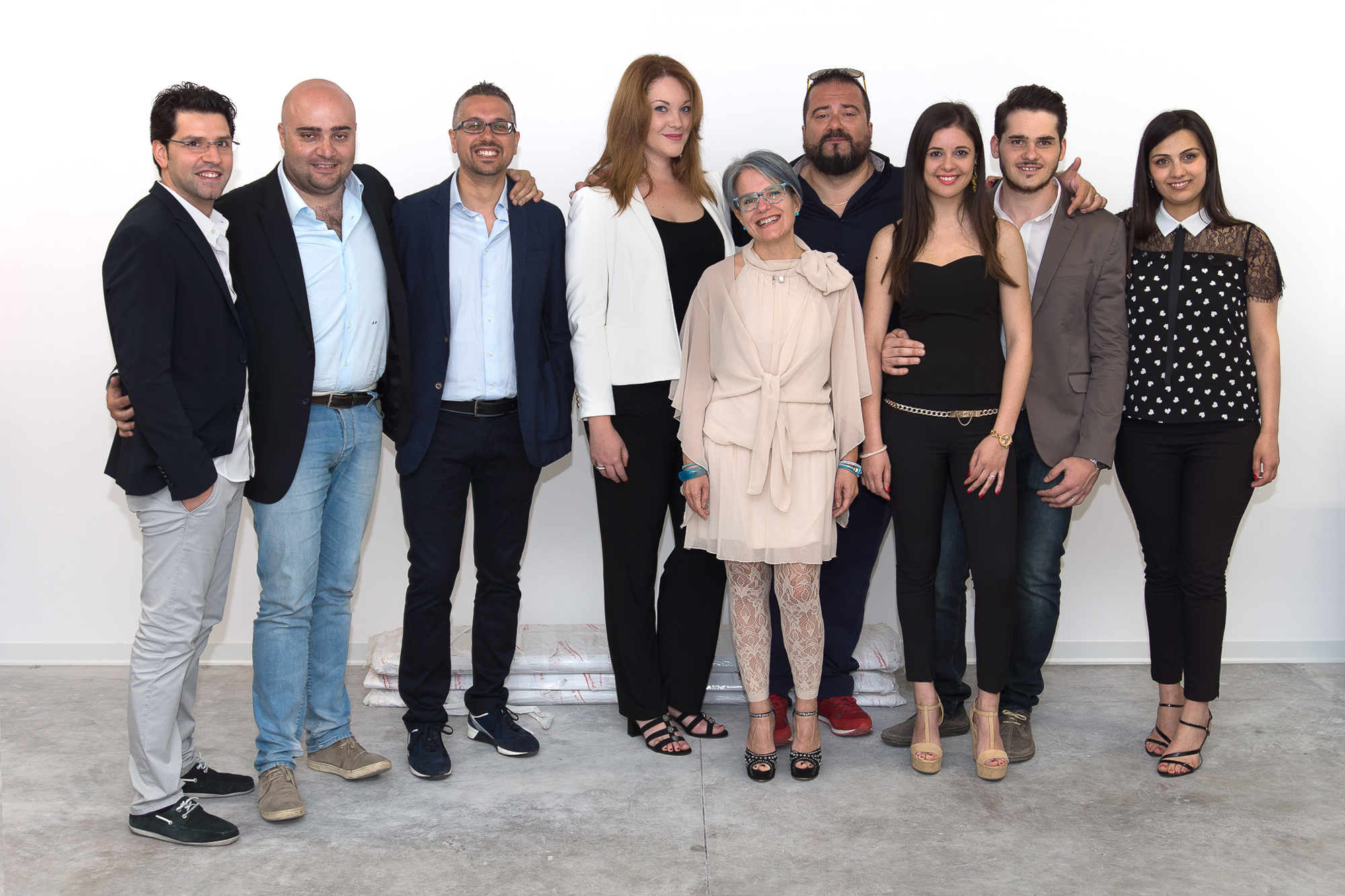
Managing Director Luca Claudio
Certifications

Bacco has first of all chosen to achieve high quality standards, not only in production but also in relations with its sale network and in the service to customers. Bacco has obtained the certification CONFEZIONATORI DOP and the international certifications UNI EN ISO 9001 and BRC in its Quality System preserving the selection of raw materials, product planning, production, control, customer service in using the finished product. Moreover, the company policy for quality and environment involve the protection of the environment, in accordance with the needs of the social-economic context where it works.
Pistachio Origins and History
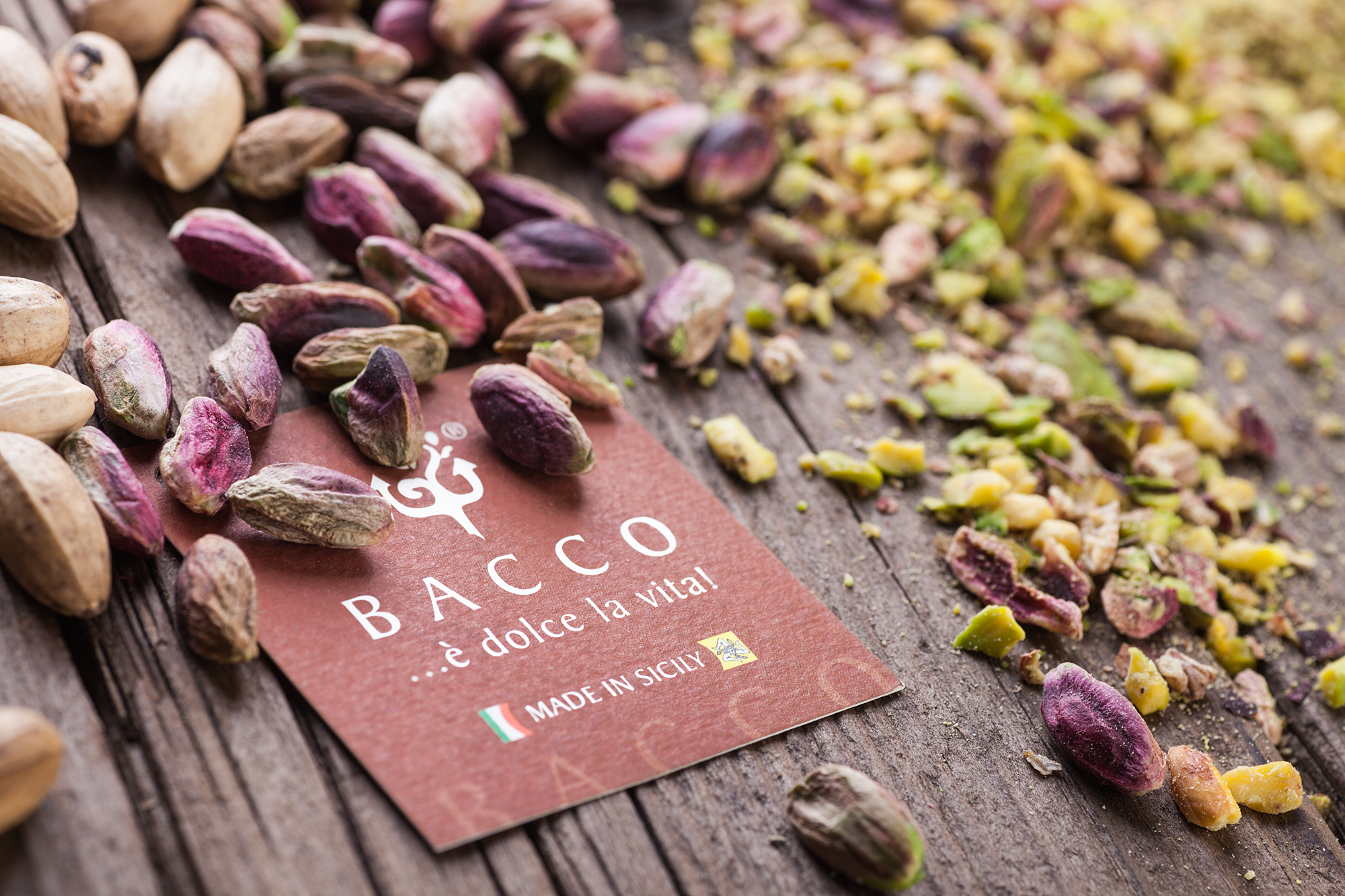
Let’s start from its texture, as it is certified by the National Institute of Research on Food and Nutrition (Istituto Nazionale di Ricerca per gli Alimenti e la Nutrizione): pistachio is made of 83% lipids, 12% proteins and 5% carbohydrates. Its origin dates back to Prehistory and the first evidence is in Middle East, especially in Persia. As written in his famous Deipnosophistai (from Wikipedia: “The Dinner Sophists/Philosophers/Experts”), Athenaeus of Naucratis, Greek writer and sophist who lived in the second century, in the Roman Empire, several Greek and Hellenic authors talk about pistachio, and place its cultivation in Syria, Persia and India, and they call it “bistachion” or “pistakia” or “pistakion”. There is no evidence on the thesis, supported because of recent ideological reasons, that “pistachio” comes from Arabic (fustuaq). Pistachio cultivation was introduced in Italy only at end of Tiberius’ Empire, by Lucius Vitellus, Roman governor in Syria, in 30 A.D.
Arabs imported pistachio into Sicily (the dialect word “frastuca” actually stems from the Arab “fustuaq”, pistachio), at the beginning only in the areas of Agrigento and Caltanissetta, and then in Bronte, as it is proven in the first written evidence, in the mid-fourteenth century. At least ten varieties of pistachio are recorded. In Italy, we may find the Pistacia Vera, the only one that gives edible fruit, the Terebinto (used as engraftation of Pistacia Vera) and the Lentiscu, evergreen plant used as ornament. The Pistacia Vera grows in Sicily on lava lands in the Southwest slope of Etna, especially in the areas of Bronte (mainly), Adrano, Ragalna, Biancavilla, Belpasso. More than 90% of Italian pistachio production (that is 2% of world production) concerns the so-called Bianca (or Napoletana), cultivated in the area of Bronte and protected by the POD mark.
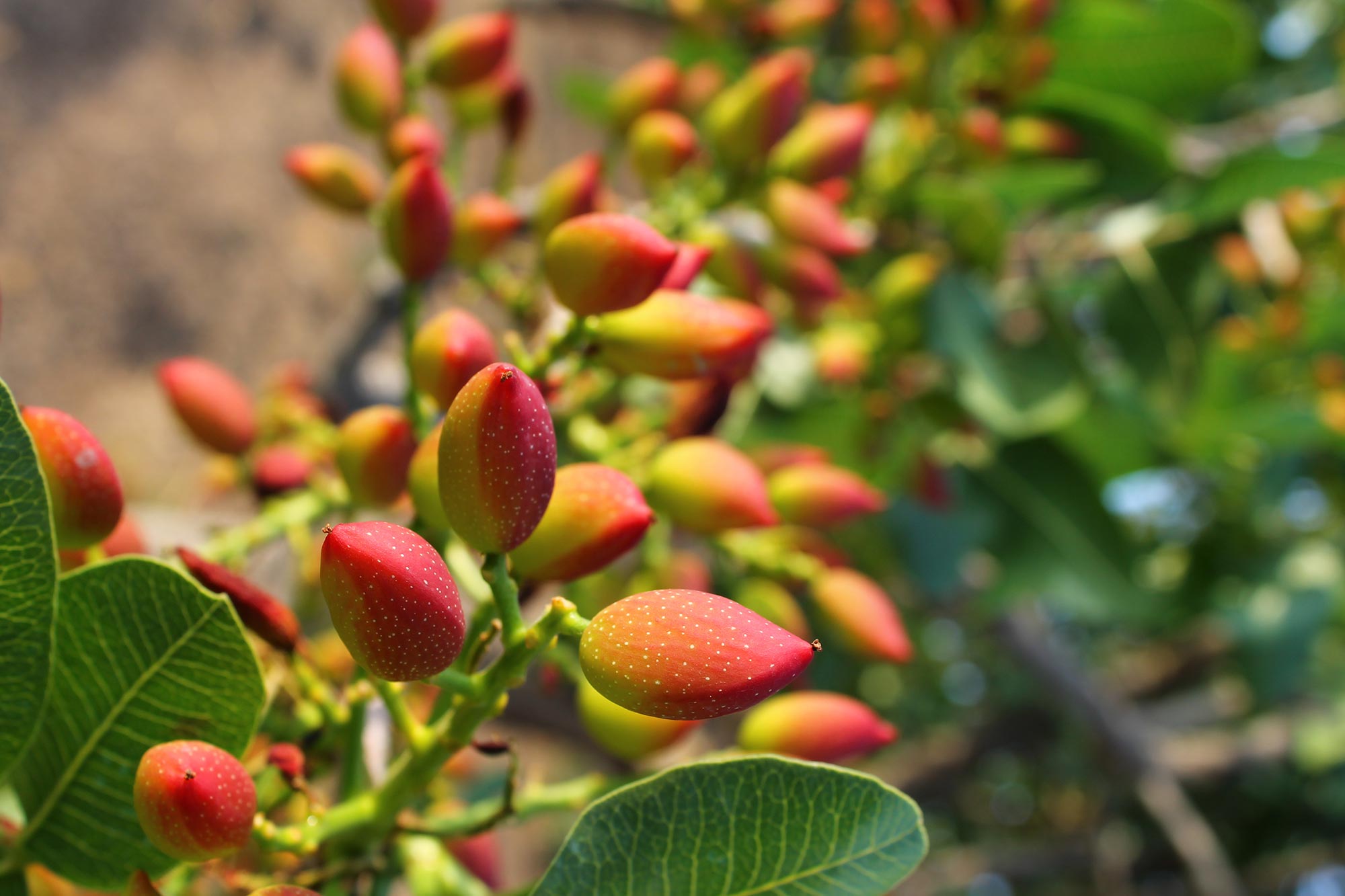
Bronte Bianca is engrafted on plants of spontaneous terebinth. Harvest takes place in alternate years, with a year of charging and a year of discharging, when fruiting buds are suppressed so that they may be not infected by the Chaetoptelius vestitus, which interrupts the biological circle. The propagation happens by engrafting terebinth seeds, in June, with buds taken from two/three-year-old branches.
Bianca is an intense green fruit, with a higher percentage of chlorophyll than usual, and a lengthened oval shape. Post-harvest treatment is to enamel fruit and dry them out in the sun for 4-5 days. Bronte Pistachio is not salted and must not be toasted. The quality control concerns the whole chain, from harvesting to storage, from the warehouse up to processing and to the finished pistachio.
The Land of Bacco is Sicily
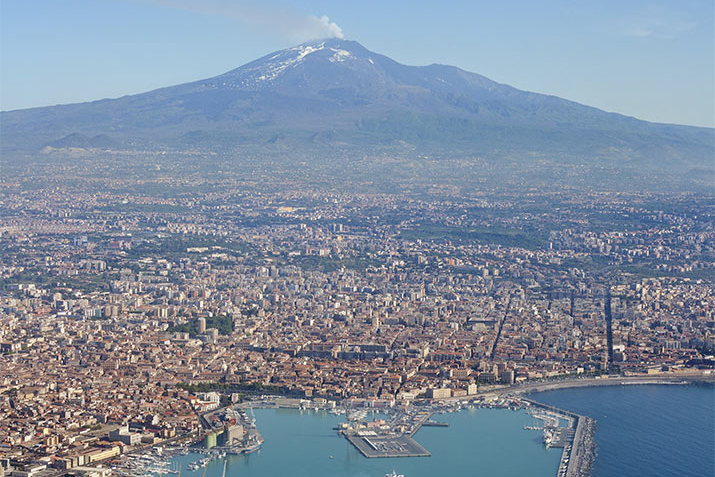
It is the least celebrated visual perspective of Etna, but certainly one the most beautiful. Because, if a traveller coming to Sicily is looking for the emotion of the direct sight of what is its postcard par excellence, that which from the top of the European highest volcano not always softly draws to the Ionian Sea, between Catania Gulf and Isola Bella in Taormina, whose grandeur may be admired also from Augusta, in those days where the air is clean and not blurred by African sirocco, on the west slope he may be enraptured by a panorama which is less known but exciting as well. Here snow lies longer, here the thick vegetation of woods is suddenly broken by lava flows that, overlapping one another, create fractures within the landscape, so as to remember the supremacy of nature above man.
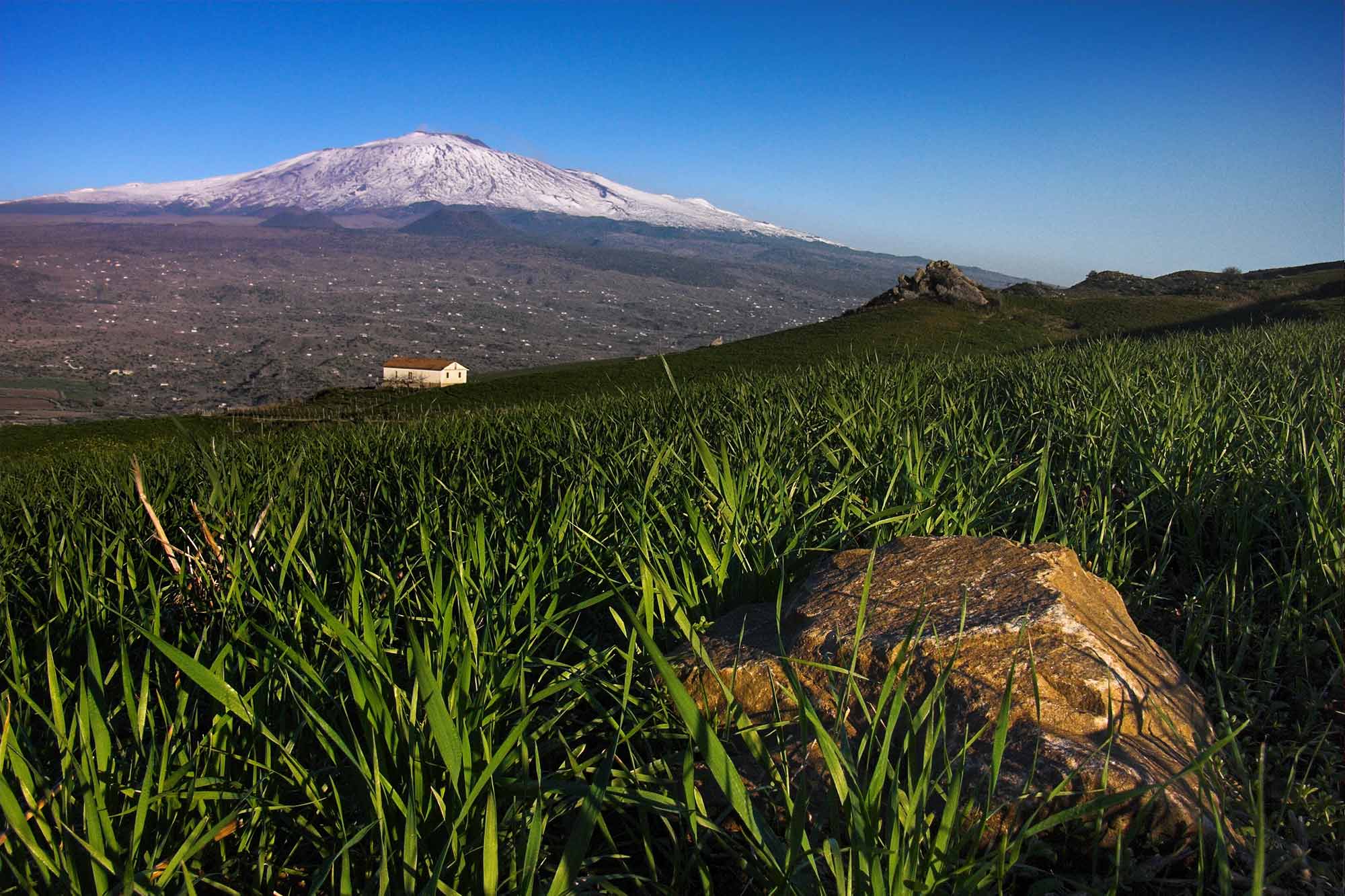
And here Bronte appears to lie, crouched on a hill that dominates the surrounding valley, as a sentinel that introduces, facing on the right, the majestic standing of the Muntagna (as people from Catania call it), and on the left the chain of Nebrodi, while going down the road from Cesarò to San Fratello and then to the Tyrrhenian Sea, to Sant’Agata di Militello and Capo d’Orlando. And its strategic position reveals one of the innumerable hidden wonders of Sicily: a celebrated sea land that hides inside extraordinary mountain areas, as a shiny treasure which may fascinate ever more only if one wants to discover it.

Bronte has a long history, which stems from the Romans, when it was a military outpost. But its historical importance begins in the eleventh century, when Giorgio Maniace landed in Sicily, sent by the Emperor Michael V as the general of an army of Byzantines, Normans and Lombard, in order to contrast Saracen advance. Giorgio built a little coenobium with a small icon that, as the legend says, Saint Luke the Evangelist was supposed to have painted. And the coenobium by Maniace set off the rocket of our story.
In 1173 Queen Margherita founded a Benedictine Abbey, whose first abbot was the French William of Boris. Since then the abbey started growing up and prospering, thanks to numberless noble donations and the increasing richness of agricultural products; it was equipped with a fortification that then turned into a castle in the mid-fifteenth century: the Castle of Maniace.
Benedictine, Franciscan and Basilian monks alternated in centuries in the leadership of the abbey, until the 3rd September 1799 when Ferdinand Bourbon IV, king of Naples, gave it to Horatio Nelson, who was appointed as Duke of Bronte. The Re Nasone (“King Big-Nose”) bestowed such honour in order to thank the Admiral, head of British Navy, because of his contribution in the victory against the Neapolitan Republic, during the civil war that steeped Naples in blood from 1799 to 1800. However, history tells an affair different from what it really appeared: the “decisive” intervention by Nelson occurred only after that cardinal Fabrizio Ruffo, heading his army, had already defeated Neapolitan patriots (the French had already left Naples, leading to Rome and then retreating to Piedmont) and was limited to deny the conditions of surrender whom Ruffo was dealing with the insurgent. As a consequence, Nelson handed over king’s revenge the insurgent, among whom there were the great Fabrizio Caracciolo, admiral of the Neapolitan fleet. But this is another story.
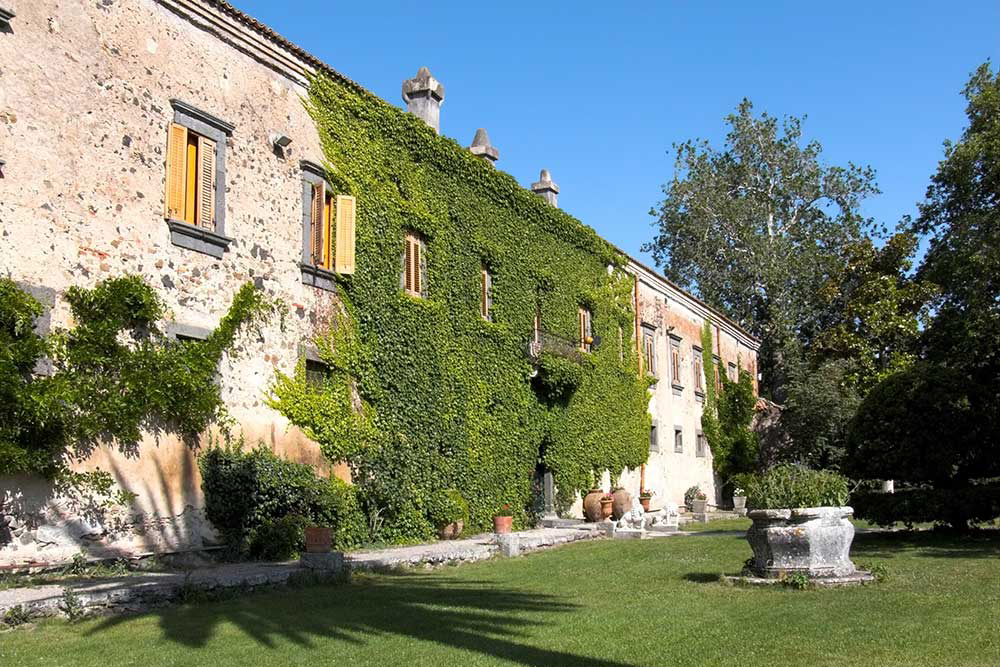
Nelson Castle e Ducea di Maniace

Lord Horation Nelson, I visconte Nelson
Ours goes on with Nelson’s heirs that would lead the duchy till the beginning of the twentieth century, and they were co-protagonist of one of the most controversial and painful bloody facts of the whole Italian Risorgimento: what is known as “Fatti di Bronte” (the massacre of Bronte). It happened that, after Garibaldi landing in Marsala, a group of local patriots that believed in the ideals of Risorgimento rose up, as they thought time was come to have a redistribution of lands, which were still organised in large estates, in order to relieve peasants’ miserable conditions. But Garibaldi sent his man Nino Bixio (supported by the English duchy) who suppressed the revolt in the blood and killed those who had believed in the same ideals as those sustained by Garibaldi. In the fascist period, Nelson’s heirs were dispossessed of the duchy, which returned to them at the end of the Second World War. Until 1981, when, deprived of all its belongings and furniture, it was definitively bought by the Municipality of Bronte and underwent great restoration works. Today, the century-long history of the Duchy, which was also a history of peasant’s oppression, finds in the land and in its fruit a redemption, thanks to its most precious product, the green gold of Bronte: pistachio.
Products Bacco - Tipicità al Pistacchio
Bacco - Tipicità al Pistacchio
Bacco ...è Dolce la Vita !

Bacco is an artisan company of pistachio production and transformation, born out of Claudio Luca’s business venture. The production model is based on the control of the whole chain, from harvesting to storage, up to processing and to the finished product, and on the extraordinary quality of the raw material combined with processing techniques that, though still traditional, combine the mastery of craftsmanship with the use of perfected machinery. Respect of tradition and technological development are an inseparable binomial of our business logic.
.jpg)
Bacco, in its production uses only the best pistachio, starts from traditional processes of preparation (from processed pistachio to half-processed pistachio, from pistachio cakes to liquor, from nougat to pistachio flour, from brittle to pistachio grains) to extend to other kinds of production, which are born out of an accurate study of compatibility between pistachio characteristics and eating habits in consumers, who mostly care not only to what is good in products, to taste and flavour (pistachio-based products are rich in vitamins, mineral nutrients, fibres and essential fatty acids) but also to the customs of a healthy diet.

.jpg)
Pistachio shows all these qualities: good, healthy, genuine, without the addition of preservatives or of animal fats, of certified origin thanks to the acknowledgement of the PDO symbol. Our company is certified as well: because it is authorised to insert the caption “Pistacchio Verde di Bronte DOP” in its labels (Claudio Luca, as advisor, is part of the council Consorzio di tutela del Pistacchio Verde di Bronte DOP, formed on 3rd November 2004 and recognised by the Ministero delle politiche agricole e forestali with a March 2004 ministerial decree, published on the Gazzetta Ufficiale on 8th October 2001).
.jpg)

Hence the lines of pistachio-based spreadable creams are born (30% and 40% pistachio), to which the tre ingrendienti, a three-ingrendient cream (50% pistachio, Etna Nocellara oil and sugar) has been lastly added, without the addition of fats, by-products, GMOs, palm oil, as another confirmation of the constant care of our company in the research on the raw material and on the product, to get to the most renowned products, now present in the large-scale distribution: from the award winning PanBacco (panettone filled with 200 grams of 40% pistachio cream), to the colomba pasquale (“Easter dove”), from pistachio chocolate to the pistachio Easter egg.
.jpg)
 y.jpg)
When in our labels we write “Made in Sicily”, this is the proud of people who have made a pact with their clients, committed to give only Sicilian quality with a maximum degree of transparency.
Productions of Bacco - Made in Sicily
History

In the 1990s first Italy and Europe and then the rest of the world discovered pistachio properties. Sicilian pistachio, famous all over the world, grows only on Etna lava soil and thanks to its origin it has an emerald green colour, an intense aroma and a particularly savoury taste.
.jpg)

This is an apparent contradiction with the external appearance of desertification that Etna great force produces in the surrounding area, but a contradiction that introduces to richness within the organic composition of the soil, and makes it particularly fertile to a great number of cultivations that then become excellent food products. One may only think to the impressing expansion of the wine production excellence in the last twenty years, which made the area Castiglione-Solicchiata-Randazzo (only 10 km far from Bronte) one of the most renowned parts in Italy and Europe for quality and variety of production. Lava soil features are very suitable to the planting of international vineyards as well, and they make unique, in savour, brightness and odour, a wine typical of the area: the Nerello Mascalese. Nerello Mascalese, which is named after the Mascali area in Catania where the grape is thought to have originated. It is grown mainly on the north-eastern side of Sicily and is thought to be superior in quality to the Nerello Cappuccio. While it can be used for blending, the grape is often made into varietal wine. The grape is believed to be an offspring of the Calabrian wine grape Mantonico bianco.
.jpg)
.jpg)
A production excellence that has come to the attention of the world together with the development of a culture of Etna wine as a typical product and of the huge potentialities it may give, thanks to its products which are second to none, but mainly thanks to the emergence of a new class of producers-entrepreneurs who decided to invest in quality and innovation, by the organisation of a company managed in a professional, modern, cautious and efficient way. With a Sicilian soul and an international vocation. Local and global, aware that Etna fruits, if they are adequately promoted in an accurate activity of territorial marketing and with the wise use of communication, are on a par with nothing in world. Because the producing soil is unique.
 y.jpg)
 y.jpg)
Bacco’s story stems from such experience. A story that in its name recalls the historically successful houses of production of Etna wine. This is not a chance that it has been developed only ten kilometres far from the area Randazzo-Solicchiata-Castiglione. The choice of quality made by wine entrepreneurs worked as breeding ground to all the surrounding area, so as to pave the way in accordance with other production excellences in our land.
Factory

Bacco’s quality proposal has been recognized by the market. And we feel ready to meet the challenges and the chances of growth offered by new markets. We will keep the identity of a company with an artisanal soul and an industrial vocation, in order to give a bigger number of people products that keep the same quality and the same features of a niche production.
.jpg)
.jpg)
A challenge that our property has met in two respects: we have widened the range of products, with a line of “elite” products labelled Duca di Bronte, and the construction of Bacco house: a brand-new plant, in Cesarò industrial area, in the Parco dei Nebrodi, ten kilometres far from Bronte, with a laboratory that may five-fold increase the productive capacity.
.jpg)
.jpg)
These are two connected phenomena: the current laboratory in via Palermo has been working at full stretch for years and it cannot support the requests of a bigger and more articulated demand anymore, where, in addition to the consolidation of our presence in the large-scale distribution (Coop, Esselunga, Auchan, Sma, Conad Adriatico, Distribuzione Centro Roma, Sidis, Sisa, Sigma, Despar, Famila, A&O, Metro, Unes Lombardia, to name but a few), a significant increase is marked both in foreign demands (mainly small-scale distribution of upper and medium-upper rank), and in those from small and middle realities working in the wine and food world of medium-upper bracket in the Italian market, mainly in Middle and North of Italy.

Converted into numbers, this meant a yearly average increase in turnover of 25% between 2011 and 2014, a stable 20-people workforce plus seasonal employees in Christmas and Easter times, and the extension of agents working in Italy and abroad, today consisting of 72 professionals.
Team

Managing Director Luca Claudio
Certifications

Bacco has first of all chosen to achieve high quality standards, not only in production but also in relations with its sale network and in the service to customers. Bacco has obtained the certification CONFEZIONATORI DOP and the international certifications UNI EN ISO 9001 and BRC in its Quality System preserving the selection of raw materials, product planning, production, control, customer service in using the finished product. Moreover, the company policy for quality and environment involve the protection of the environment, in accordance with the needs of the social-economic context where it works.
Pistachio Origins and History

Let’s start from its texture, as it is certified by the National Institute of Research on Food and Nutrition (Istituto Nazionale di Ricerca per gli Alimenti e la Nutrizione): pistachio is made of 83% lipids, 12% proteins and 5% carbohydrates. Its origin dates back to Prehistory and the first evidence is in Middle East, especially in Persia. As written in his famous Deipnosophistai (from Wikipedia: “The Dinner Sophists/Philosophers/Experts”), Athenaeus of Naucratis, Greek writer and sophist who lived in the second century, in the Roman Empire, several Greek and Hellenic authors talk about pistachio, and place its cultivation in Syria, Persia and India, and they call it “bistachion” or “pistakia” or “pistakion”. There is no evidence on the thesis, supported because of recent ideological reasons, that “pistachio” comes from Arabic (fustuaq). Pistachio cultivation was introduced in Italy only at end of Tiberius’ Empire, by Lucius Vitellus, Roman governor in Syria, in 30 A.D.
Arabs imported pistachio into Sicily (the dialect word “frastuca” actually stems from the Arab “fustuaq”, pistachio), at the beginning only in the areas of Agrigento and Caltanissetta, and then in Bronte, as it is proven in the first written evidence, in the mid-fourteenth century. At least ten varieties of pistachio are recorded. In Italy, we may find the Pistacia Vera, the only one that gives edible fruit, the Terebinto (used as engraftation of Pistacia Vera) and the Lentiscu, evergreen plant used as ornament. The Pistacia Vera grows in Sicily on lava lands in the Southwest slope of Etna, especially in the areas of Bronte (mainly), Adrano, Ragalna, Biancavilla, Belpasso. More than 90% of Italian pistachio production (that is 2% of world production) concerns the so-called Bianca (or Napoletana), cultivated in the area of Bronte and protected by the POD mark.

Bronte Bianca is engrafted on plants of spontaneous terebinth. Harvest takes place in alternate years, with a year of charging and a year of discharging, when fruiting buds are suppressed so that they may be not infected by the Chaetoptelius vestitus, which interrupts the biological circle. The propagation happens by engrafting terebinth seeds, in June, with buds taken from two/three-year-old branches.
Bianca is an intense green fruit, with a higher percentage of chlorophyll than usual, and a lengthened oval shape. Post-harvest treatment is to enamel fruit and dry them out in the sun for 4-5 days. Bronte Pistachio is not salted and must not be toasted. The quality control concerns the whole chain, from harvesting to storage, from the warehouse up to processing and to the finished pistachio.
The Land of Bacco is Sicily

It is the least celebrated visual perspective of Etna, but certainly one the most beautiful. Because, if a traveller coming to Sicily is looking for the emotion of the direct sight of what is its postcard par excellence, that which from the top of the European highest volcano not always softly draws to the Ionian Sea, between Catania Gulf and Isola Bella in Taormina, whose grandeur may be admired also from Augusta, in those days where the air is clean and not blurred by African sirocco, on the west slope he may be enraptured by a panorama which is less known but exciting as well. Here snow lies longer, here the thick vegetation of woods is suddenly broken by lava flows that, overlapping one another, create fractures within the landscape, so as to remember the supremacy of nature above man.

And here Bronte appears to lie, crouched on a hill that dominates the surrounding valley, as a sentinel that introduces, facing on the right, the majestic standing of the Muntagna (as people from Catania call it), and on the left the chain of Nebrodi, while going down the road from Cesarò to San Fratello and then to the Tyrrhenian Sea, to Sant’Agata di Militello and Capo d’Orlando. And its strategic position reveals one of the innumerable hidden wonders of Sicily: a celebrated sea land that hides inside extraordinary mountain areas, as a shiny treasure which may fascinate ever more only if one wants to discover it.

Bronte has a long history, which stems from the Romans, when it was a military outpost. But its historical importance begins in the eleventh century, when Giorgio Maniace landed in Sicily, sent by the Emperor Michael V as the general of an army of Byzantines, Normans and Lombard, in order to contrast Saracen advance. Giorgio built a little coenobium with a small icon that, as the legend says, Saint Luke the Evangelist was supposed to have painted. And the coenobium by Maniace set off the rocket of our story.
In 1173 Queen Margherita founded a Benedictine Abbey, whose first abbot was the French William of Boris. Since then the abbey started growing up and prospering, thanks to numberless noble donations and the increasing richness of agricultural products; it was equipped with a fortification that then turned into a castle in the mid-fifteenth century: the Castle of Maniace.
Benedictine, Franciscan and Basilian monks alternated in centuries in the leadership of the abbey, until the 3rd September 1799 when Ferdinand Bourbon IV, king of Naples, gave it to Horatio Nelson, who was appointed as Duke of Bronte. The Re Nasone (“King Big-Nose”) bestowed such honour in order to thank the Admiral, head of British Navy, because of his contribution in the victory against the Neapolitan Republic, during the civil war that steeped Naples in blood from 1799 to 1800. However, history tells an affair different from what it really appeared: the “decisive” intervention by Nelson occurred only after that cardinal Fabrizio Ruffo, heading his army, had already defeated Neapolitan patriots (the French had already left Naples, leading to Rome and then retreating to Piedmont) and was limited to deny the conditions of surrender whom Ruffo was dealing with the insurgent. As a consequence, Nelson handed over king’s revenge the insurgent, among whom there were the great Fabrizio Caracciolo, admiral of the Neapolitan fleet. But this is another story.

Nelson Castle e Ducea di Maniace

Lord Horation Nelson, I visconte Nelson
Ours goes on with Nelson’s heirs that would lead the duchy till the beginning of the twentieth century, and they were co-protagonist of one of the most controversial and painful bloody facts of the whole Italian Risorgimento: what is known as “Fatti di Bronte” (the massacre of Bronte). It happened that, after Garibaldi landing in Marsala, a group of local patriots that believed in the ideals of Risorgimento rose up, as they thought time was come to have a redistribution of lands, which were still organised in large estates, in order to relieve peasants’ miserable conditions. But Garibaldi sent his man Nino Bixio (supported by the English duchy) who suppressed the revolt in the blood and killed those who had believed in the same ideals as those sustained by Garibaldi. In the fascist period, Nelson’s heirs were dispossessed of the duchy, which returned to them at the end of the Second World War. Until 1981, when, deprived of all its belongings and furniture, it was definitively bought by the Municipality of Bronte and underwent great restoration works. Today, the century-long history of the Duchy, which was also a history of peasant’s oppression, finds in the land and in its fruit a redemption, thanks to its most precious product, the green gold of Bronte: pistachio.
Products Bacco - Tipicità al Pistacchio
-
Bacco - Tipicità al Pistacchio - Le Cremose di Bacco - Hazelnut - Artisan...
A handmade, genuine and tasty sweet hazelnut spread from Sicily straight to your kitchen. This is the sweet outcome of Claudio Luca's work and passion who, together with his collaborators, keeps creating in his workshop new natural and valuable recipes.
5,30 € -
Bacco - Tipicità al Pistacchio - Le Cremose di Bacco - Chili Pepper - Artisan...
A handmade, genuine and tasty sweet hazelnut spread from Sicily straight to your kitchen. This is the sweet outcome of Claudio Luca's work and passion who, together with his collaborators, keeps creating in his workshop new natural and valuable recipes.
5,30 €Sold Out - Not Available -
Bacco - Tipicità al Pistacchio - Pesto alla Brontese 65 % - Pistachio from...
All Etna flavour in a 190-gram pot. 65 % Shelled pistachio processed with the addition of salt, pepper, extravergin olive oil. Ideal to prepare bruschette and as condiment of meat-based second courses, it naturally goes well together with pasta, preferably seasoned after cooking with a sprinkling of pistachio grain.
6,40 € -
Bacco - Tipicità al Pistacchio - Pesto alla Brontese 65 % - Pistachio from...
All Etna flavour in a 90-gram pot. 65 % Shelled pistachio processed with the addition of salt, pepper, extravergin olive oil. Ideal to prepare bruschette and as condiment of meat-based second courses, it naturally goes well together with pasta, preferably seasoned after cooking with a sprinkling of pistachio grain.
4,00 € -
Bacco - Tipicità al Pistacchio - Pesto alla Brontese 70 % - Pistachio from...
All Etna flavour in a 190-gram pot. 70 % Shelled pistachio processed with the addition of salt, pepper, extravergin olive oil. Ideal to prepare bruschette and as condiment of meat-based second courses, it naturally goes well together with pasta, preferably seasoned after cooking with a sprinkling of pistachio grain.
7,20 € -
Bacco - Tipicità al Pistacchio - Pesto alla Brontese 70 % - Pistachio from...
All Etna flavour in a 90-gram pot. 70 % Shelled pistachio processed with the addition of salt, pepper, extravergin olive oil. Ideal to prepare bruschette and as condiment of meat-based second courses, it naturally goes well together with pasta, preferably seasoned after cooking with a sprinkling of pistachio grain.
4,40 € -
Bacco - Tipicità al Pistacchio - Pesto alla Brontese 70 % - Pistachio from...
All Etna flavour in a 90-gram pot. 70 % Shelled pistachio processed with the addition of salt, pepper, extravergin olive oil. Ideal to prepare bruschette and as condiment of meat-based second courses, it naturally goes well together with pasta, preferably seasoned after cooking with a sprinkling of pistachio grain.
2,10 € -
Bacco - Tipicità al Pistacchio - Pesto alla Brontese 80 % - Pistachio from...
80% Bronte pistachio, olive oil Nocellera dell’Etna, salt and pepper. The Bronte pesto meets the requirements of the most demanding palate, produced with the best fruit from Etna dark and lava soil. Ready-to-use Sicilian pistachio pesto sauce made with selected high quality ingredients.
8,80 € -
Bacco - Tipicità al Pistacchio - Pesto alla Brontese 80 % P.D.O. - Pistachio...
80% P.D.O. Bronte pistachio, olive oil Nocellera dell’Etna, salt and pepper. The Bronte pesto meets the requirements of the most demanding palate, produced with the best fruit from Etna dark and lava soil. Ready-to-use Sicilian pistachio pesto sauce made with selected high quality ingredients.
19,15 € -
Bacco - Tipicità al Pistacchio - Almond Pesto - Artisan Pesto - 190 g
A ready-to-use almond-based condiment exclusively handmade with the finest ingredients sourced at the foot of Mount Etna. This almond pesto is free from preservatives and is sold in a 190 g jar.
6,10 € -
Bacco - Tipicità al Pistacchio - Almond Pesto - Artisan Pesto - 90 g
A ready-to-use almond-based condiment exclusively handmade with the finest ingredients sourced at the foot of Mount Etna. This almond pesto is free from preservatives and is sold in a 90 g jar.
3,20 € -
Bacco - Tipicità al Pistacchio - Hazelnut Pesto - Artisan Pesto - 190 g
An artisan-made pesto obtained from the finest Sicilian hazelnuts with a delicious extra virgin olive oil. This pesto is handcrafted and packaged by Bacco at the foot of Mount Etna and sold on this website in 190 gr jars.
6,10 € -
Bacco - Tipicità al Pistacchio - Hazelnut Pesto - Artisan Pesto - 90 g
An artisan-made pesto obtained from the finest Sicilian hazelnuts with a delicious extra virgin olive oil. This pesto is handcrafted and packaged by Bacco at the foot of Mount Etna and sold on this website in 90 gr jars.
3,20 € -
Bacco - Tipicità al Pistacchio - PanBacco Retrò with Pistachio - Artisan...
The rétro line is characterised by packaging care: satin paper fixed with a satin ribbon, personalised with captions “Panettone artigianale” and Tipicità al Pistacchio”. Especially suited for presents.
25,00 € -
Bacco - Tipicità al Pistacchio - PanBacco Retrò with Cocoa - Artisan...
The rétro line is characterised by packaging care: satin paper fixed with a satin ribbon, personalised with captions “Panettone artigianale” and Tipicità al Pistacchio”. Especially suited for presents.
25,00 € -
Bacco - Tipicità al Pistacchio - PanBacco Retrò with Hazelnut - Artisan...
The rétro line is characterised by packaging care: satin paper fixed with a satin ribbon, personalised with captions “Panettone artigianale” and Tipicità al Pistacchio”. Especially suited for presents.
25,00 € -
Bacco - Tipicità al Pistacchio - CiokkoBacco Pistachio Egg - Pistachio...
White chocolate Easter egg with hand-crafted pistachio paste. Sicilian Easter cake with pistachio. We wanted to put together the tradition of the Easter egg with white chocolate with the delicate taste of pistachio, trying to convey the traditions of Sicilian sweets with the Easter tradition of the Easter egg. The egg has a weight of 300 g and contains...
16,90 € -
Bacco - Tipicità al Pistacchio - ColomBacco Retrò with Pistachio - Artisan...
The rétro line is characterised by packaging care: satin paper fixed with a satin ribbon, personalised with captions “Panettone artigianale” and Tipicità al Pistacchio”. Especially suited for presents.
21,70 € -
Bacco - Tipicità al Pistacchio - ColomBacco Retrò with Cocoa - Artisan Dove -...
The rétro line is characterised by packaging care: satin paper fixed with a satin ribbon, personalised with captions “Panettone artigianale” and Tipicità al Pistacchio”. Especially suited for presents.
21,10 € -
Bacco - Tipicità al Pistacchio - ColomBacco Retrò with Hazelnut - Artisan...
The rétro line is characterised by packaging care: satin paper fixed with a satin ribbon, personalised with captions “Panettone artigianale” and Tipicità al Pistacchio”. Especially suited for presents.
21,10 € -
Bacco - Tipicità al Pistacchio - CiokkoBacco - Pistachio White Chocolate Bar...
Chocolate lovers won't be able to say no to this delicacy that combines the sweetness of white chocolate with the unique flavour of wholesome Sicilian pistachio nuts.
3,95 €



